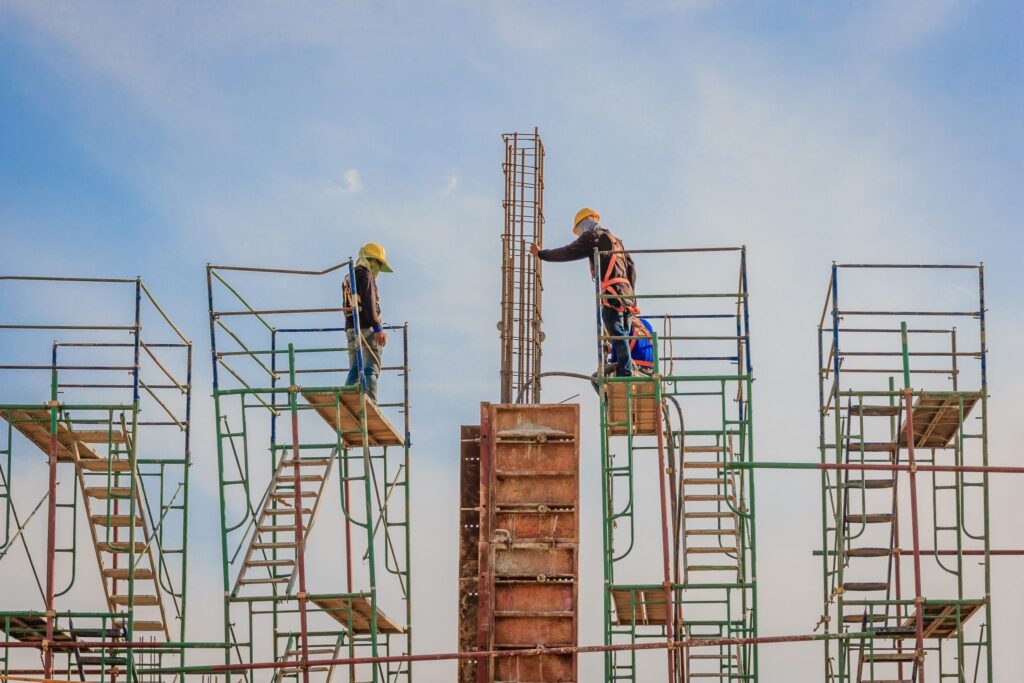SAFETY MEASURES IN CONSTRUCTION: BEST PRACTICES AND REGULATIONS
Safety Measures in Construction: Best Practices and Regulations
The construction industry is one of the most important sectors driving economic growth and development. However, it also carries inherent risks due to the nature of the work involved. To ensure the safety of workers, the public, and the overall success of construction projects, best practices and regulations are crucial. In this article, we’ll explore the key safety measures in construction, highlighting both best practices and relevant regulations.
1. Risk Assessment and Management
Before any construction project begins, a comprehensive risk assessment is vital. This involves identifying potential hazards and evaluating the risks associated with the project. Effective risk management plans should be put in place to mitigate these risks. Employers and project managers should be proactive in identifying, assessing, and addressing risks throughout the construction process.
2. Safety Training and Education
One of the fundamental safety measures in construction is ensuring that all workers are well-trained and informed about potential hazards. Training programs should cover areas such as fall protection, equipment operation, first aid, and the proper use of personal protective equipment (PPE). Ongoing education and regular safety briefings are essential to keep workers informed and updated on best practices.
3. Personal Protective Equipment (PPE)
Proper PPE is crucial to protect workers from potential hazards. This includes hard hats, safety glasses, ear protection, gloves, high-visibility clothing, and appropriate footwear. The responsibility falls on employers to ensure that workers have access to and wear the necessary PPE, in accordance with regulations.
4. Fall Protection
Falls are one of the leading causes of construction site injuries and fatalities. Adequate fall protection measures must be implemented, which may include guardrails, safety nets, personal fall arrest systems, and safety cages for ladders. Compliance with OSHA (Occupational Safety and Health Administration) standards and regulations is essential in the United States.
5. Scaffolding Safety
Scaffolding is an integral part of many construction projects. Ensuring the safety of workers on scaffolds is a top priority. Compliance with regulations on scaffold construction, maintenance, and use is essential. Regular inspections and training are vital components of scaffold safety.
6. Hazardous Materials Handling
Construction often involves working with hazardous materials such as asbestos, lead, and chemicals. Workers must be educated about the proper handling, disposal, and protection from exposure to these materials. Compliance with regulations, such as the Environmental Protection Agency (EPA) standards, is imperative.
7. Equipment Safety
The use and maintenance of construction equipment should strictly adhere to safety guidelines and regulations. Proper training on equipment operation is vital to prevent accidents. Routine inspections, maintenance, and safety protocols must be followed to ensure the safety of workers and the integrity of equipment.
8. Emergency Response Plans
Construction sites should have comprehensive emergency response plans in place to address accidents, injuries, or other unexpected events. Workers should be trained in emergency procedures, including evacuation plans and first aid. Quick and efficient response can be the difference between life and death in emergencies.
9. Site Security and Control
Securing the construction site is not only about preventing theft but also about protecting the public from potential hazards. Erecting barriers, posting warning signs, and implementing access control measures can help maintain a safe and controlled work environment.
10. Regulatory Compliance
Adherence to local, state, and federal regulations is a cornerstone of construction safety. Regulatory bodies, such as OSHA in the United States, have specific rules and standards that must be followed. Violations can result in severe penalties, which emphasize the importance of compliance.
In conclusion, safety measures in construction are vital to protect the well-being of workers, the public, and the success of projects. These measures encompass risk assessment, training, proper PPE, fall protection, scaffolding safety, hazardous materials handling, equipment safety, emergency response plans, site security, and regulatory compliance. By implementing these best practices and adhering to relevant regulations, construction companies can create safer work environments and contribute to the overall progress of the industry.


